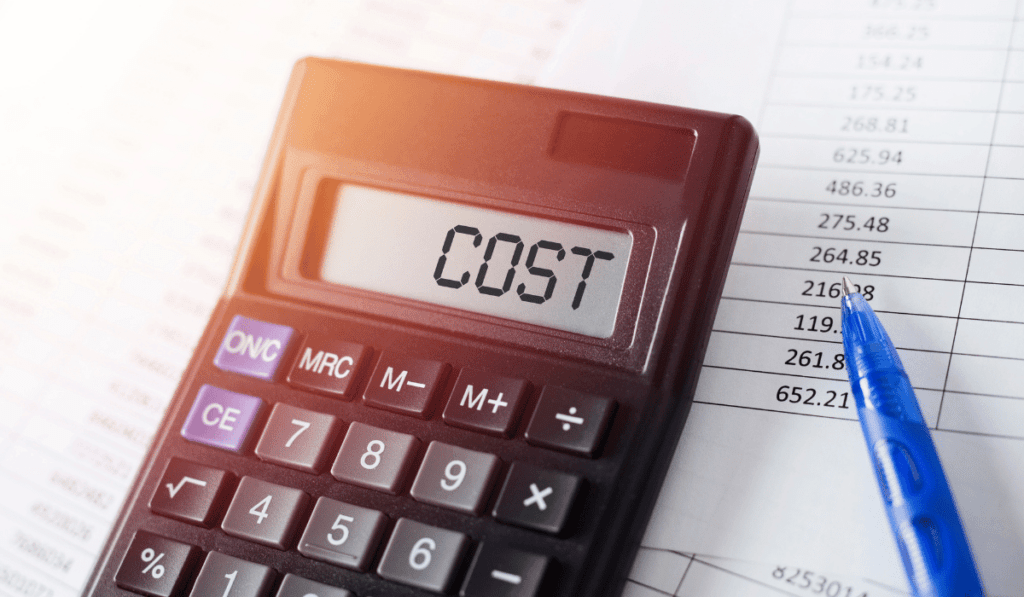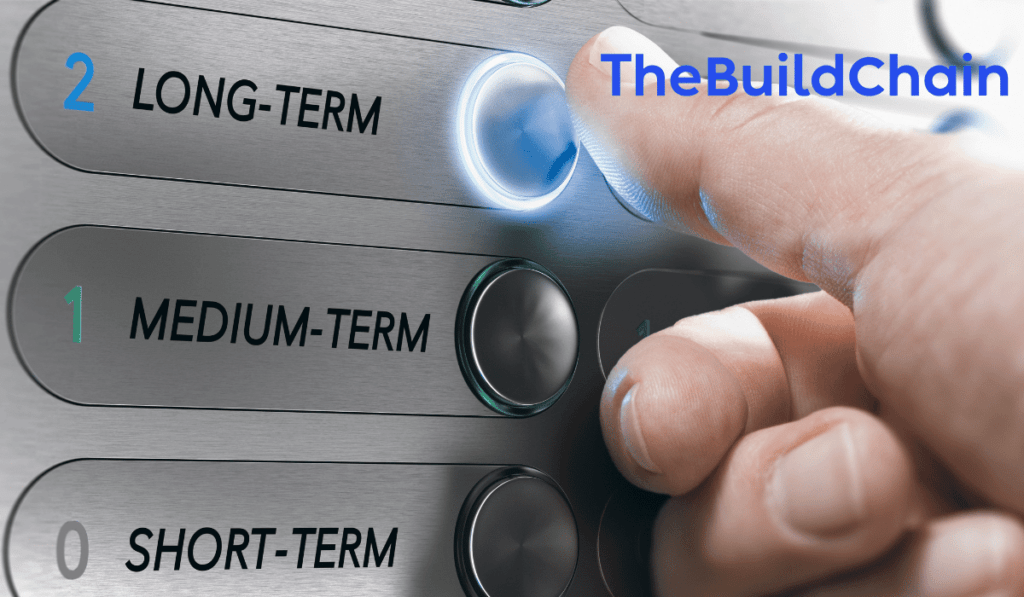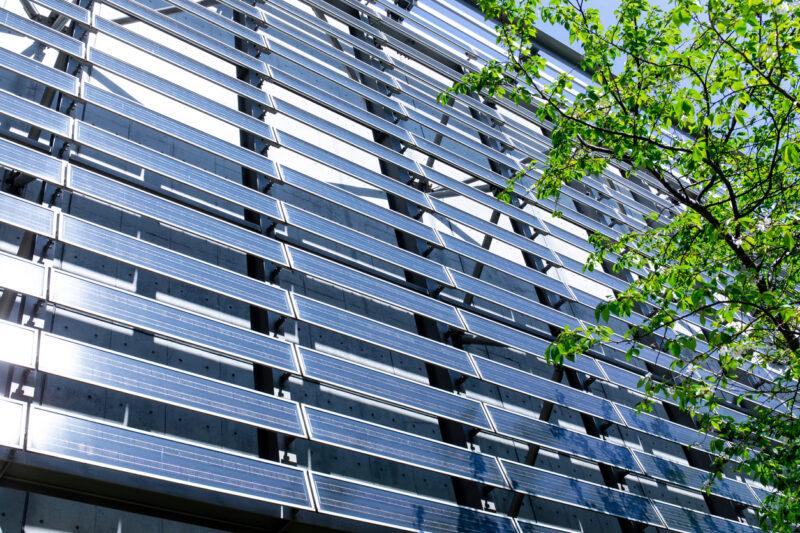One of the biggest barriers to improving the sustainability of the construction industry is the perceived increase in expenses generated by environmentally conscious initiatives.
The cost effectiveness of sustainable materials in construction involves evaluating both the initial investment and long term savings, as well as considering the environmental benefits associated with these materials.
While sustainable materials may have higher upfront costs, they often prove to be economically viable over the lifecycle of a building. In this blog post, we discuss the key factors to consider.
Initial Costs of Sustainable Construction Materials

Sustainable materials, such as recycled steel, bamboo, reclaimed wood, and energy efficient insulation, may have higher upfront costs compared to traditional materials.
However, as demand for sustainable materials increases and technology advances, prices are likely to become more competitive.
Long-Term Savings Associated with Sustainable Construction Materials

Sustainable materials often contribute to energy efficiency and lower operational costs over the lifetime of a building. For example, energy efficient windows, insulation, and HVAC systems can lead to reduced energy consumption and lower utility bills.
Durability and low maintenance requirements can also result in long term cost savings. Materials like recycled metal or concrete tend to have longer lifespans, reducing the need for replacements or repairs.
Energy Efficient Building Materials

Incorporating energy efficient features, such as solar panels, reflective roofing materials, and high performance insulation, can lead to significant energy savings.
Over time, these energy efficient measures can offset the initial higher costs, making the building more cost effective in the long run.
Environmental Benefits of Sustainable Materials

Sustainable materials contribute to reduced environmental impact by conserving resources, minimising waste, and lowering carbon emissions.
The use of recycled or renewable materials helps decrease the environmental footprint of construction projects, contributing to a more sustainable and eco-friendly built environment.
Regulatory Compliance and Incentives
Many regions are implementing regulations and incentives to promote the use of sustainable materials and construction practices. Compliance with these regulations can be crucial for project approvals and may also come with financial benefits.
Market Demand and Perception

With increasing awareness of environmental issues, there is a growing market demand for sustainable buildings. Choosing sustainable materials can enhance the market value of a property and attract environmentally conscious tenants or buyers.
Resilience to Climate Change
Sustainable materials may offer better resilience to the impacts of climate change, such as extreme weather events. This can contribute to reduced maintenance and repair costs in the face of environmental challenges.
While the upfront costs of sustainable materials may be higher, their long term savings, combined with environmental benefits and potential regulatory incentives, can make them cost effective choices.
As the construction industry continues to prioritise sustainability, the adoption of these materials is likely to become more widespread, further driving innovation and cost competitiveness in the market.
Improve Sustainability with The Build Chain

The materials you choose for a project have a significant influence on the environmental impact of construction.
Another way to make a positive difference to the sustainability of our project is to source the materials you use locally.
The Build Chain helps SME contractors and housebuilders develop a local supply chain, which reduces the carbon emissions associated with transporting materials long distances, and improves the overall environmental impact of your projects.




